Clogged arteries are a dangerous health problem. Catching it early can save your life. Here are 10 signs your arteries are blocked.


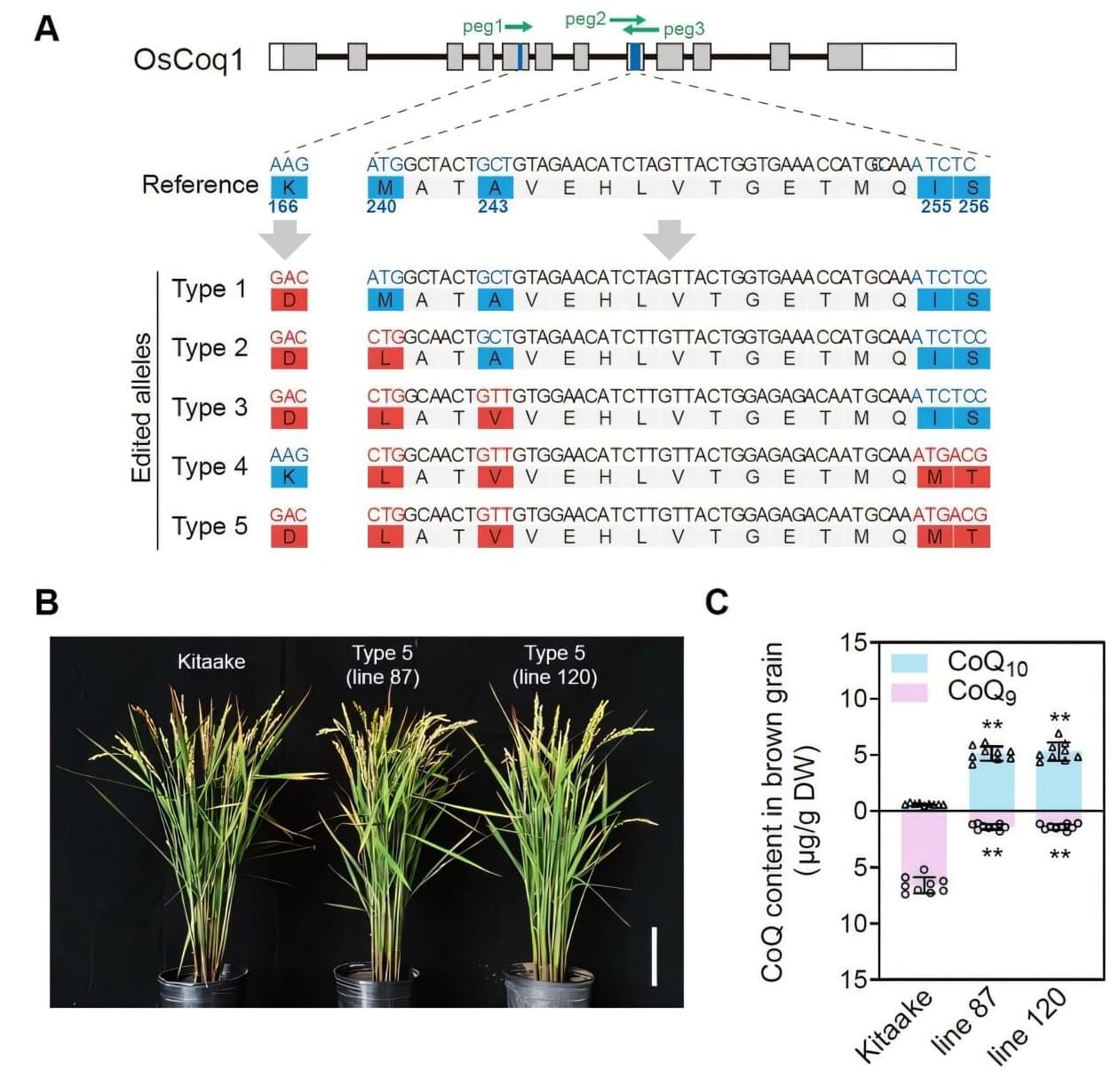
A team of Chinese scientists has used targeted gene editing to develop rice that produces coenzyme Q10 (CoQ10), a vital compound for human health.
Led by Prof. Chen Xiaoya from the CAS Center for Excellence in Molecular Plant Sciences/Shanghai Chenshan Research Center and Prof. Gao Caixia from the Institute of Genetics and Developmental Biology of the Chinese Academy of Sciences (CAS), the researchers used targeted gene editing to modify just five amino acids of the Coq1 rice enzyme, creating new rice varieties capable of synthesizing CoQ10.
The study is published in Cell.

Researchers from Mass General Brigham and collaborating institutions have developed a non-invasive approach to manipulate cardiac tissue activity by using light to stimulate an innovative ink incorporated into bioprinted tissue. Their goal is to develop a technique that can be used to repair the heart. Their findings in preclinical models, published in Science Advances, show the transformative potential of non-invasive therapeutic methods to control electrically active tissues.
“We showed for the first time that with this optoelectronically active ink, we can print scaffolds that allow remote control of engineered heart tissues,” said co-corresponding author Y. Shrike Zhang, Ph.D., of the Division of Engineering in Medicine at Brigham and Women’s Hospital, a founding member of the Mass General Brigham health care system. “This approach paves the way for non-invasive light stimulation, tissue regeneration, and host integration capabilities in cardiac therapy and beyond.”
Three-dimensional bioprinted tissues composed of cells and other body-compatible materials are a powerful emerging tool to repair damaged heart tissue. But most bioprinted tissues cannot generate the necessary electrical activity for cellular function. They must instead rely on invasive wire and electrode placement to control heart activity, which can damage body tissues.
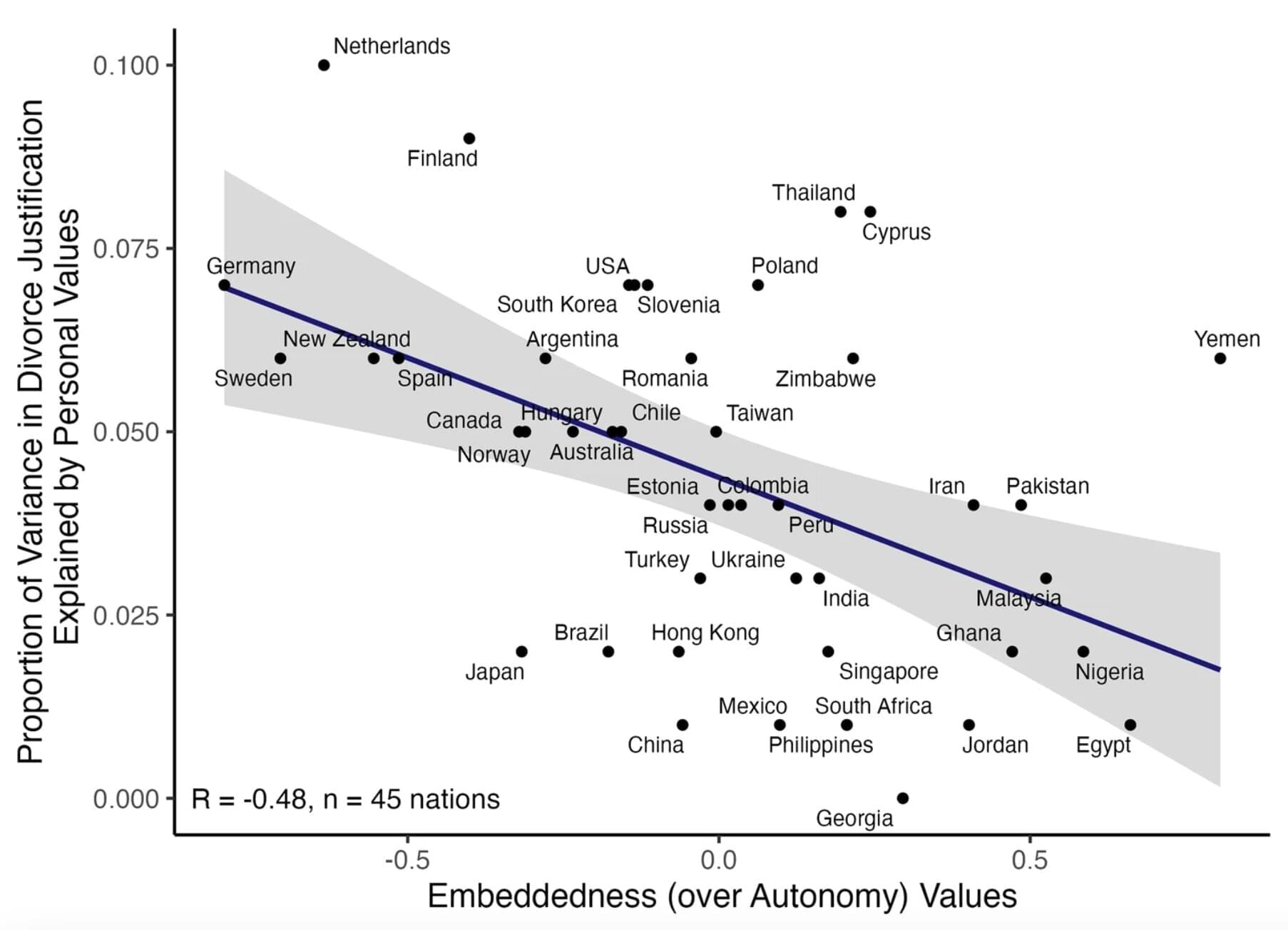
Divorce, the legal dissolution of marriage, can be driven by a variety of factors, ranging from changes in the economic status or health conditions of spouses to contrasting values. The end of a marriage can often be challenging to process. Thus, it can have adverse effects on the well-being and mental health of ex-spouses.
On average, the rates of divorce worldwide have increased over the past century. Improved understanding of the primary factors that prompt people to dissolve a marriage could help to devise more effective couples and marriage counseling strategies, potentially contributing to a reduction in divorce rates.
Sari Mentser and Lilach Sagiv, two researchers at the Hebrew University of Jerusalem, recently carried out a study specifically exploring the relationship between people’s values and divorce. Their findings, published in Communications Psychology, suggest that interaction between spouses’ cultural and personal values can predict divorce.
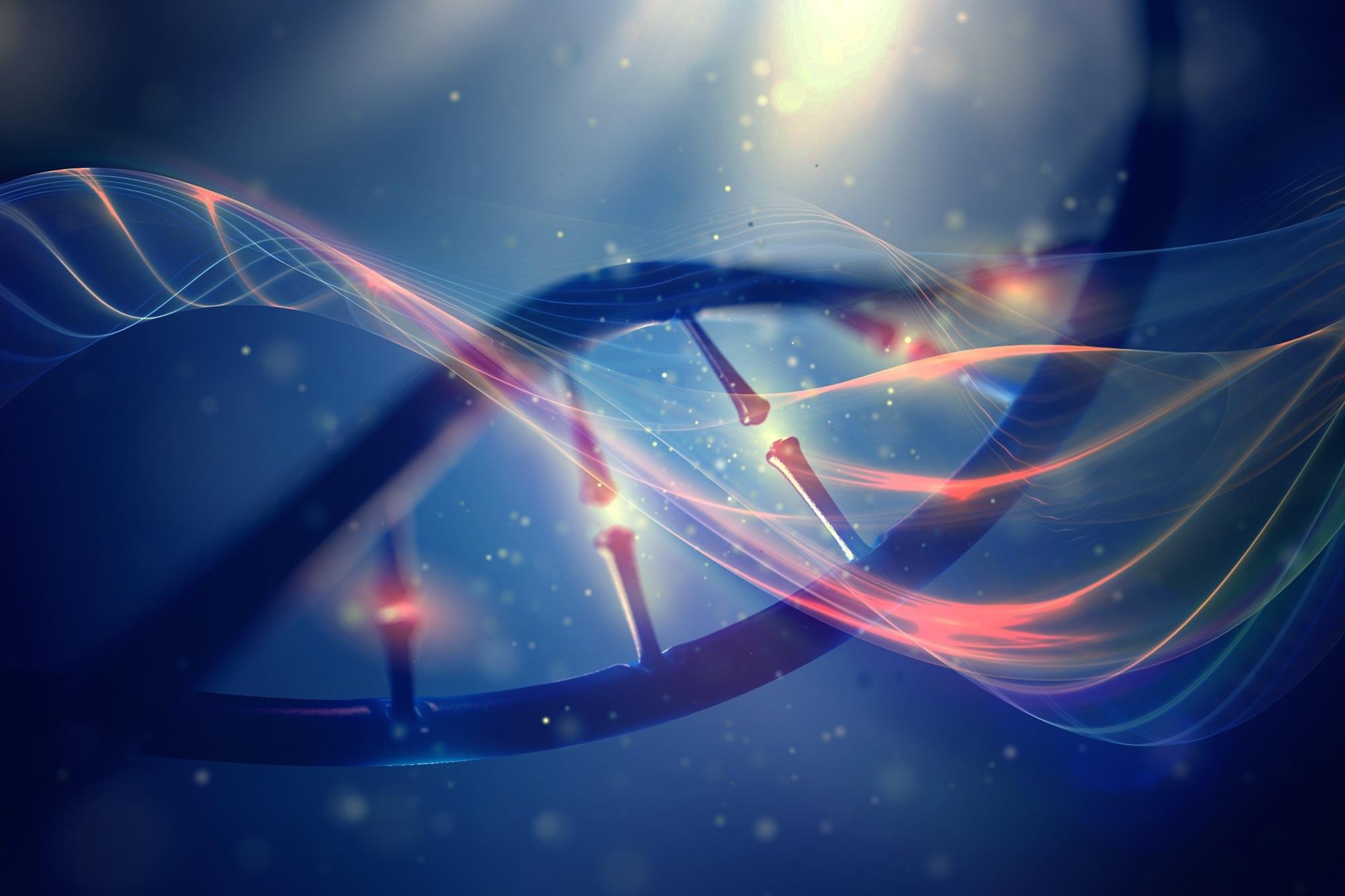
Synthetic biologists from Yale successfully rewrote the genetic code of an organism—a novel genomically recoded organism (GRO) with a single stop codon—using a cellular platform they developed that enables the production of new classes of synthetic proteins. Researchers say these synthetic proteins offer the promise of innumerable medical and industrial applications that can benefit society and human health.
A new study published in the journal Nature describes the creation of the landmark GRO, known as “Ochre,” which fully compresses redundant (or “degenerate”) codons into a single codon. A codon is a sequence of three nucleotides in DNA
DNA, or deoxyribonucleic acid, is a molecule composed of two long strands of nucleotides that coil around each other to form a double helix. It is the hereditary material in humans and almost all other organisms that carries genetic instructions for development, functioning, growth, and reproduction. Nearly every cell in a person’s body has the same DNA. Most DNA is located in the cell nucleus (where it is called nuclear DNA), but a small amount of DNA can also be found in the mitochondria (where it is called mitochondrial DNA or mtDNA).
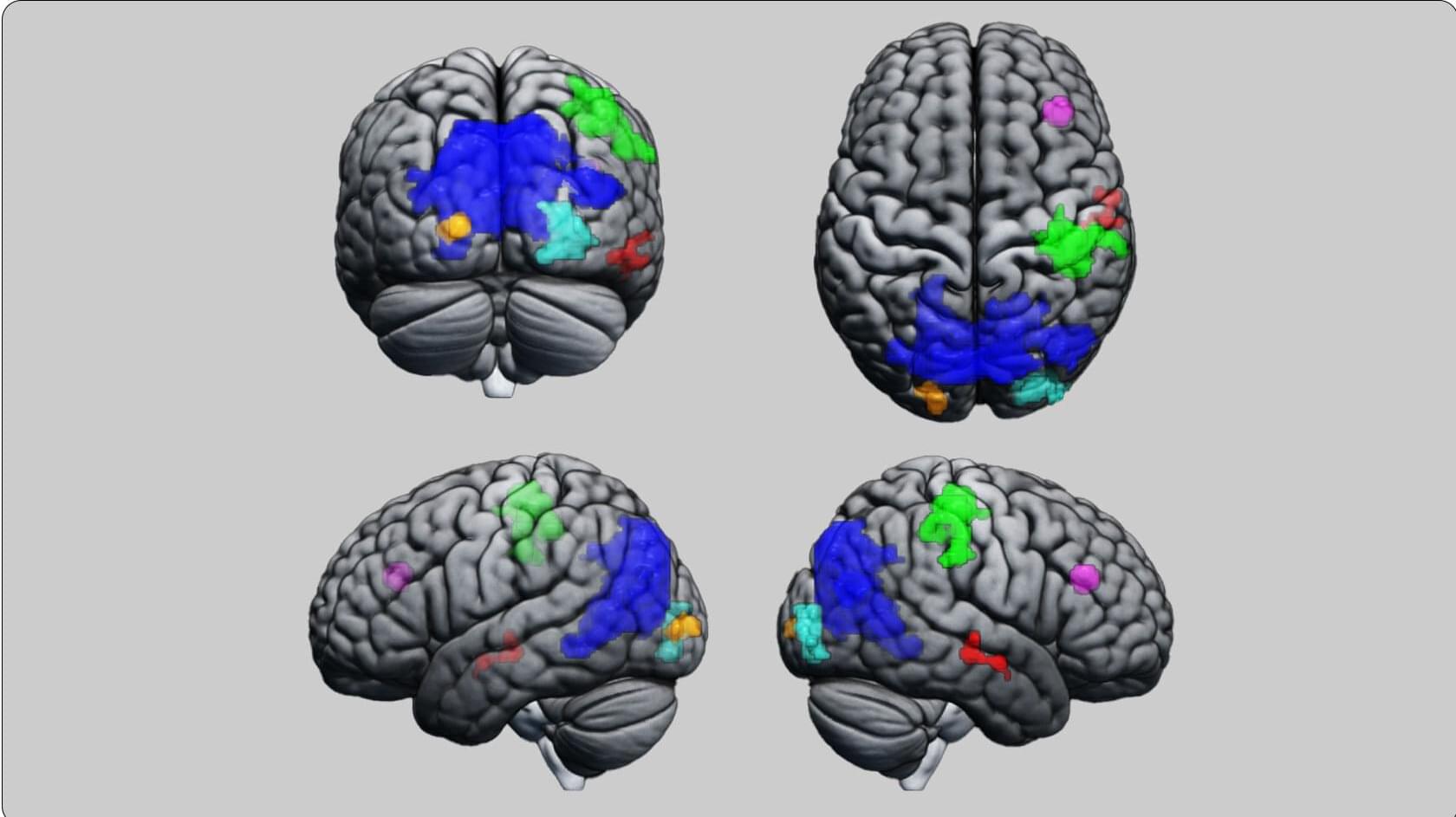
Three studies at the University of Zurich demonstrate that hypnosis alters activity in the large-scale functional networks of the brain. It also affects the neurochemical milieu of specific brain areas.
Hypnosis has so far been something of a black box from the scientific perspective. Up to now, we have not had the data to prove whether hypnosis really is an extraordinary state of human consciousness, or simply in the subject’s imagination. Yet it remains a topic of fascination for many.
A well-known women’s magazine recently dedicated an entire dossier to hypnosis. And now and again we’ll hear of a remarkable hypnosis success story. For example, in 2018 at the Hirslanden Klinik St. Anna in Lucerne, a 45-year-old man had a metal plate removed from his lower arm under hypnosis only, without any anesthetic or pain relief. Much to the amazement of the surgical team, the man did not experience any significant pain either during or after the operation, as the Swiss public broadcaster SRF Puls health magazine program reported on 17 September of that year.

Researchers have achieved a breakthrough in wearable health technology by developing a novel self-healing electronic skin (E-Skin) that repairs itself in seconds after damage. This could potentially transform the landscape of personal health monitoring.
In a study published in Science Advances, scientists demonstrate an unprecedented advancement in E-Skin technology that recovers over 80% of its functionality within 10 seconds of being damaged—a dramatic improvement over existing technologies that can take minutes or hours to heal.
The technology seamlessly combines ultra-rapid self-healing capabilities, reliable performance in extreme conditions, advanced artificial intelligence integration, and highly accurate health monitoring systems. This integration enables real-time fatigue detection and muscle strength assessment with remarkable precision.
A comprehensive video explaining quantum gravity.
HD 20,794D, An Earth like planet orbits a sun like star just 20 light years away. Watch and learn more.
GoldBacks from Galactic/Green Greg’s affiliate link:
https://www.defythegrid.com/goldbacks… coupon code GreenGregs for 1% off Outstanding Antioxidant for Your Health: https://shopc60.com/ Use discount code: GreenGregs10 for 10% off Inspire your kids to love science! SAVE 20% OFF New Science Kits Using Code: NEWKITSSAVE20 https://www.pntra.com/t/SENKTExNSUhDR… For gardening in your Lunar or Mars habitat GalacticGregs has teamed up with True Leaf Market http://www.pntrac.com/t/TUJGRklGSkJGT… Awesome deals for long term food supplies for those long missions to deep space (or prepping in case your spaceship crashes: See the Special Deals at My Patriot Supply: www.PrepWithGreg.com For that off-grid asteroid homestead stock up with Lemans before you blast off: https://www.pntrs.com/t/SENJR0ZOSk9DR…
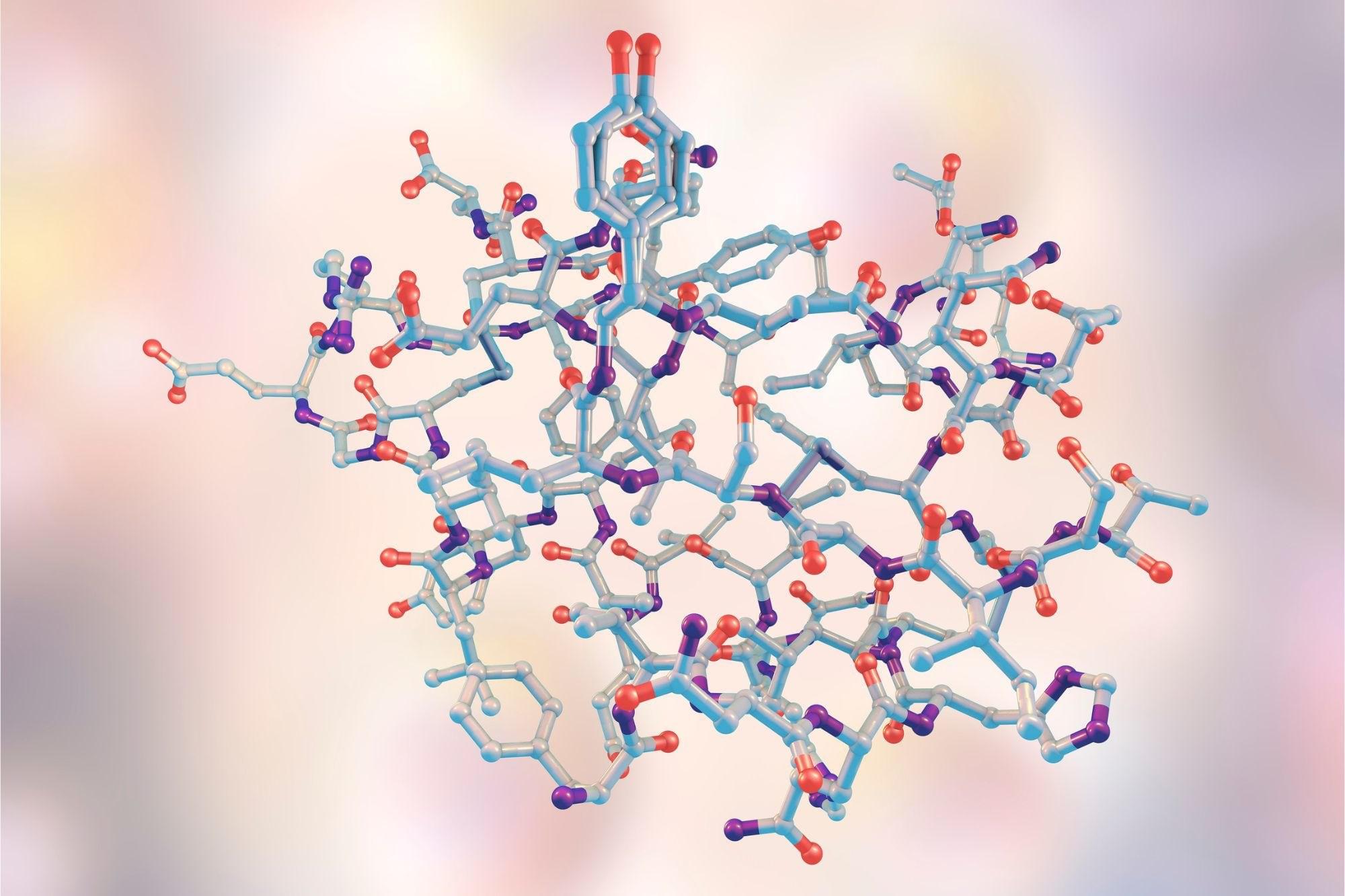
Insulin is a key hormone that regulates metabolism in many living organisms. When food is abundant, insulin.
Insulin is a hormone produced by the pancreas, crucial for regulating blood glucose levels. It helps cells in the body absorb glucose from the bloodstream and convert it into energy or store it for future use. Insulin production and action are essential for maintaining stable blood sugar levels. In people with diabetes, the body either does not produce enough insulin (Type 1 diabetes) or cannot effectively use the insulin it does produce (Type 2 diabetes), leading to elevated levels of glucose in the blood. This can cause various health complications over time, including heart disease, kidney damage, and nerve dysfunction. Insulin therapy, where insulin is administered through injections or an insulin pump, is a common treatment for managing diabetes, particularly Type 1. The discovery of insulin in 1921 by Frederick Banting and Charles Best was a landmark in medical science, transforming diabetes from a fatal disease to a manageable condition.

While the trial is limited to members of families with genetic mutations that all but guarantee they will develop Alzheimer’s at a young age, typically in their 30s, 40s or 50s, the researchers expect that the study’s results will inform prevention and treatment efforts for all forms of Alzheimer’s disease.
Called the Primary Prevention Trial, the new study investigates whether remternetug — an investigational antibody being developed by Eli Lilly and Company — can remove plaques of a key Alzheimer’s protein called amyloid beta from the brain or block them from accumulating in the first place. Both genetic and nongenetic forms of Alzheimer’s disease start with amyloid slowly collecting in the brain two decades before memory and thinking problems arise. By clearing out low levels of amyloid beta plaques or preventing them from accumulating during the early, asymptomatic phase of the disease, or both, the researchers hope to interrupt the disease process at the earliest stage and spare people from ever developing symptoms.
“We have seen tremendous progress in the treatment of Alzheimer disease in the past few years,” said Eric McDade, DO, a professor of neurology and the trial’s principal investigator. “Two amyloid-targeting drugs were shown to slow symptoms of the disease and have now been approved by the Food and Drug Administration (FDA) as treatments for people with mild cognitive impairment or mild dementia due to Alzheimer’s disease. This provides strong support for our hypothesis that intervening when amyloid beta plaques are at the very earliest stage, long before symptoms arise, could prevent symptoms from emerging in the first place.”
The trial is part of the Knight Family Dominantly Inherited Alzheimer Network-Trials Unit (Knight Family DIAN-TU), a clinical trials platform designed to find medicines to prevent or treat Alzheimer’s disease. It is closely associated with DIAN, a National Institutes of Health (NIH)-funded international research network led by WashU Medicine that involves research institutes in North America, Australia, Europe, Asia and South America. DIAN follows families with mutations in any of three genes that cause Alzheimer’s at a young age. A child born into such a family has a 50% chance of inheriting such a mutation, and those who do so typically develop signs of dementia near the same age his or her parent did. All the participants in the Primary Prevention Trial come from such families.
“My grandfather passed away from Alzheimer’s, and so did his mother and all but one of his brothers,” said Hannah Richardson, 24, a participant in the Primary Prevention Trial. “My mom and my uncle have been participating in DIAN trials since I was about 10 years old. My mom was always very open about her diagnosis and how it spurred her advocacy for Alzheimer’s research, and I’ve always known I wanted to follow in her footsteps. I am happy to be involved in the Primary Prevention Trial and be involved in research because I know how important it is.”